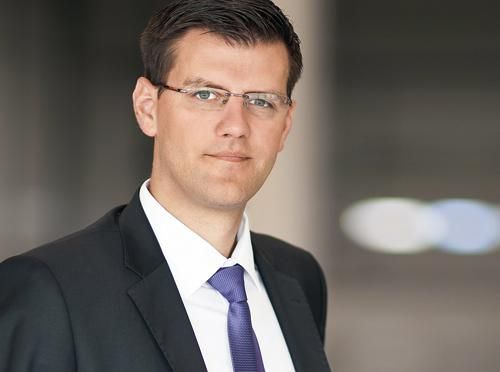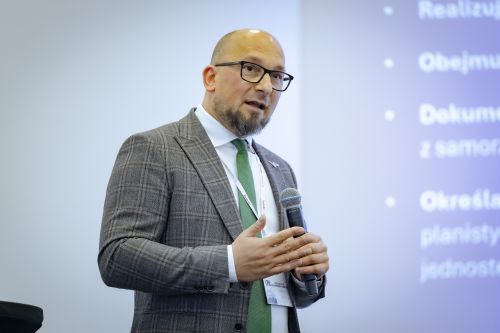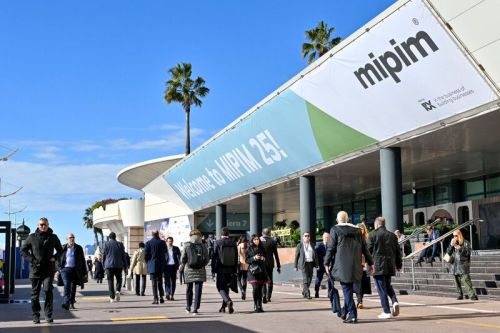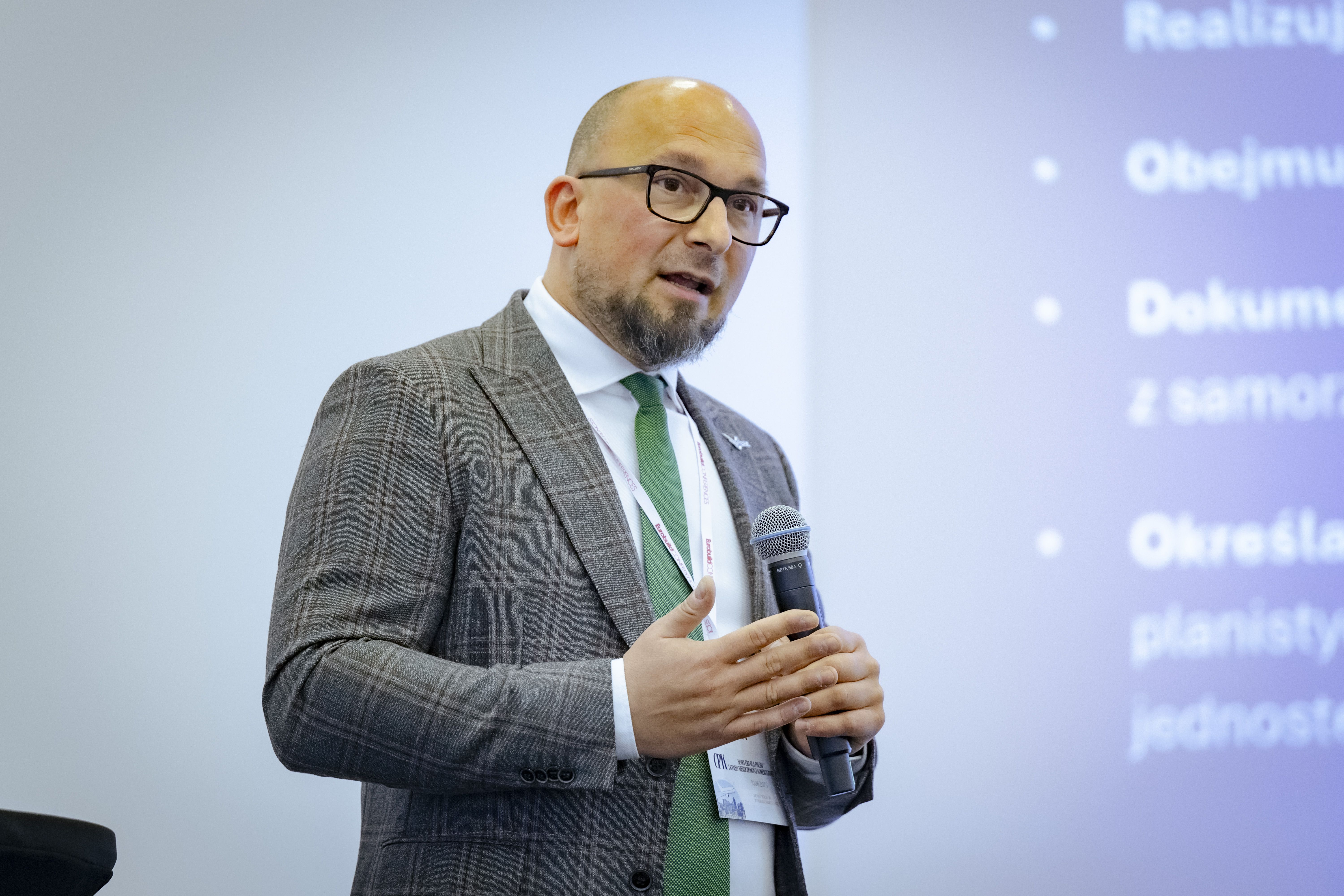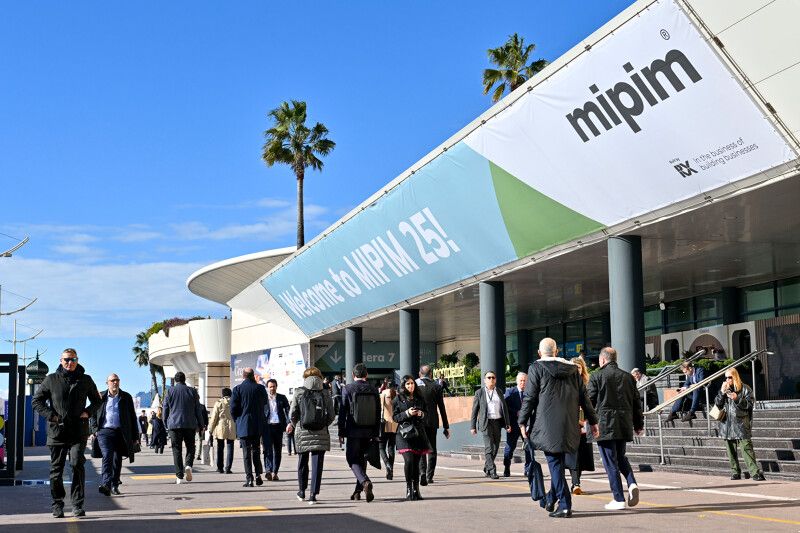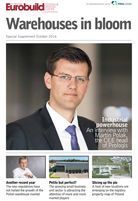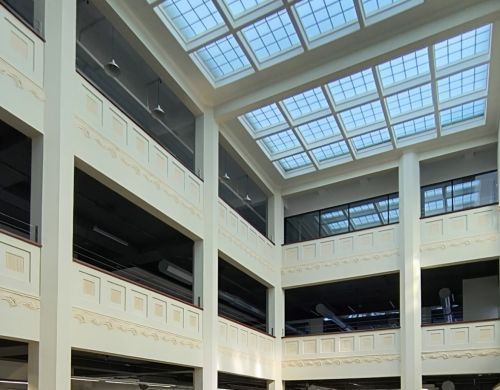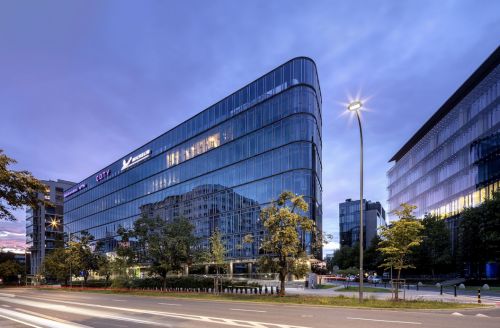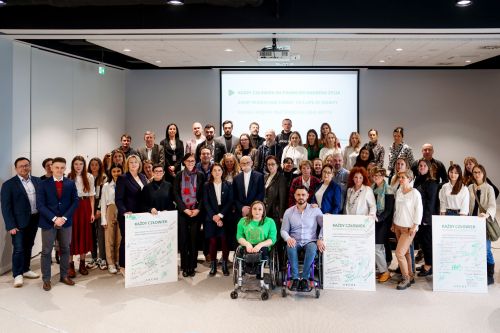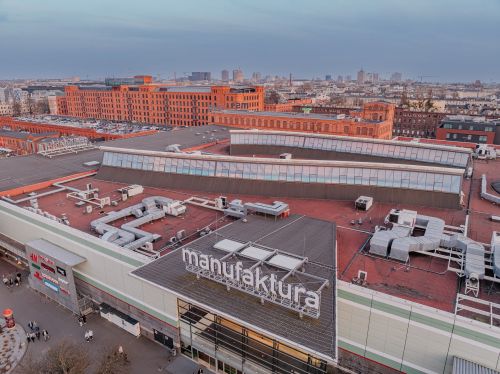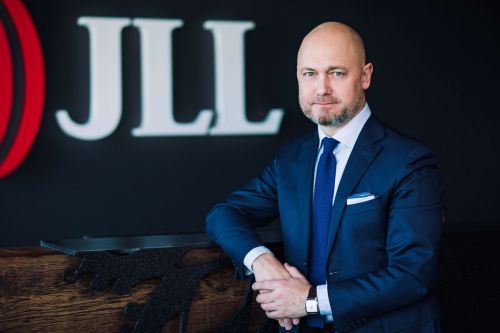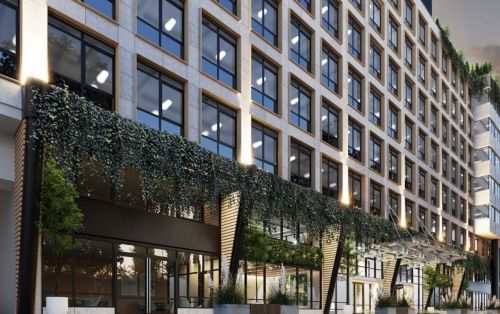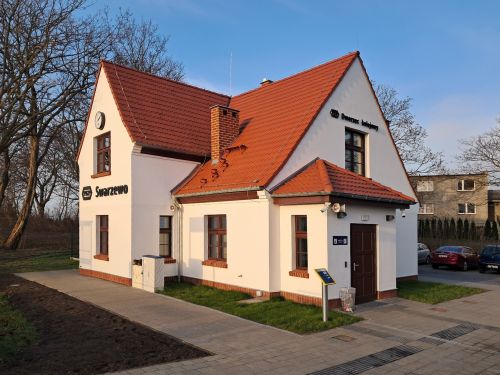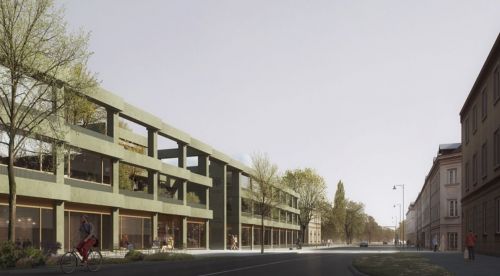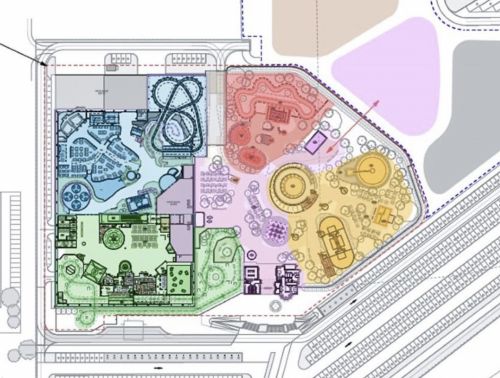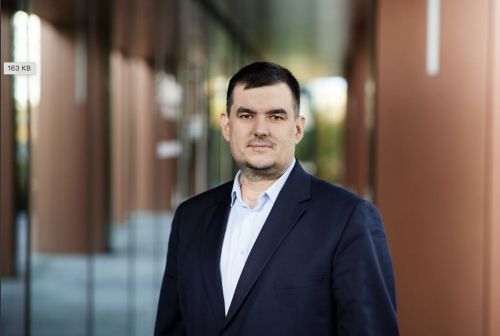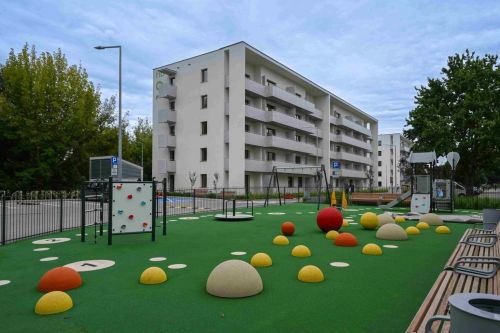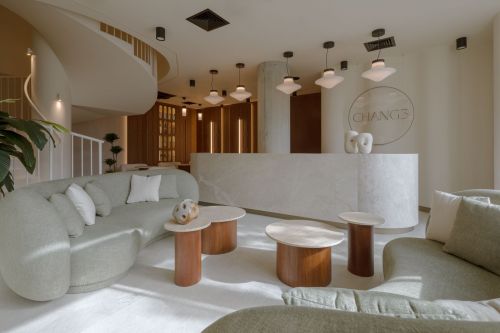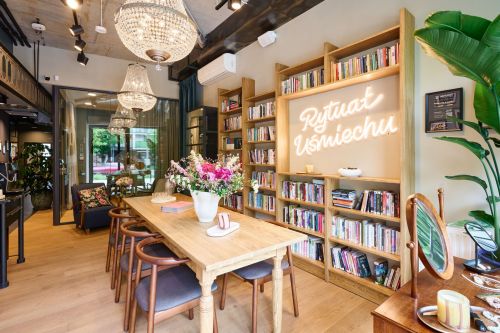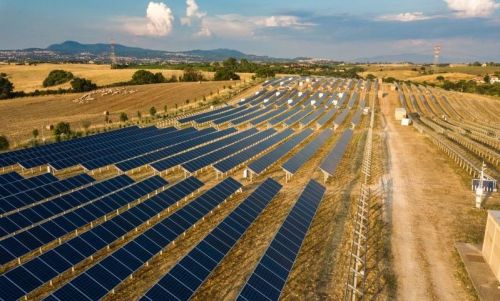Adam Zdrodowski, ‘Eurobuild Central & Eastern Europe’: More than 1.3 mln sqm of warehouse space was leased in Poland in H1 2016, which was one of the best figures in the history of the Polish market. Is this strong leasing activity set to continue in the second half of the year?
Martin Polak, the regional head for the Central and Eastern Europe region at Prologis: Overall, our Central and Eastern European portfolio has been performing very well, with Poland being the largest market continuing to lead the way. We continue to see strong and growing demand for warehouse space across the region – and in the core markets in Poland, such as Warsaw, Central Poland and Silesia, in particular, which is due to factors such the lack of new stock, new businesses entering the market and the expansion of existing businesses. We remain optimistic about the second half of the year – considering the continued demand, the steady pipeline of both build-to-suit and speculative
